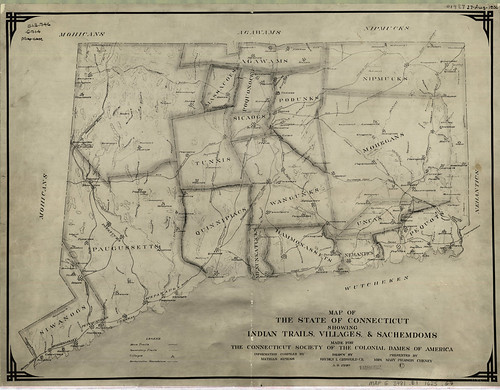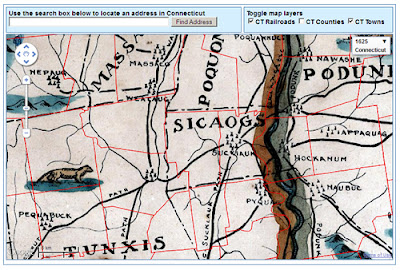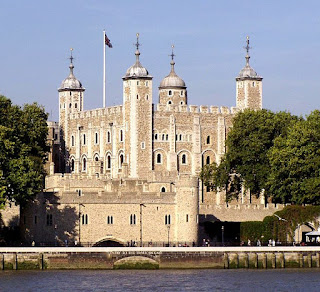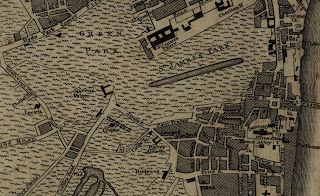Today’s featured map was made in 1838 and shows landowners in Hartford in 1640, shortly after the city was founded. Initially, a pastor named Thomas Hooker led a group of about 100 people from Cambridge, Massachusetts to Connecticut to form a new colony. They chose present day Hartford as their new settlement site.
In 1639, government officials of Connecticut colony, including Thomas Hooker and John Haynes, created a document called the “Fundamental Orders of Connecticut.” It is arguably the first written constitution in Western society, and helped give Connecticut the nickname of “the Constitution State”. The document emphasized individual rights and democracy.
The second map comes from the Connecticut State Atlas in 1893. The 1893 street network in Hartford is generally the same as today, but the river going through the southern part of the city (called the Little River in the historic maps, now called the Park River) is completely removed from maps and aerial photographs today. So what happened to it? In the 1940s, the Army Corps of Engineers rerouted the river through underground concrete channels in an effort to control flooding in Downtown Hartford. Click below to view a recent New York Times article about the underground Park River.
The screen below shows the historic maps from 1640 and 1893, as well as recent aerial photos. Click the box that says “Famous Historical Residents” in the upper right of the screen to view where famous early Hartford residents lived in 1640.
List of landowners and corresponding land parcel numbers for 1640 map (click to enlarge):
To view the 1640 map in flickr, click here: http://www.flickr.com/photos/uconnlibrariesmagic/3836896031/
To view the 1893 map in flickr, click here:
http://www.flickr.com/photos/uconnlibrariesmagic/3837687450/
Links about the early settlers of Hartford:
http://www.hartfordhistory.net/faq.html
http://en.wikipedia.org/wiki/History_of_Hartford,_Connecticut












_by_Claes_Van_Visscher.jpg)






